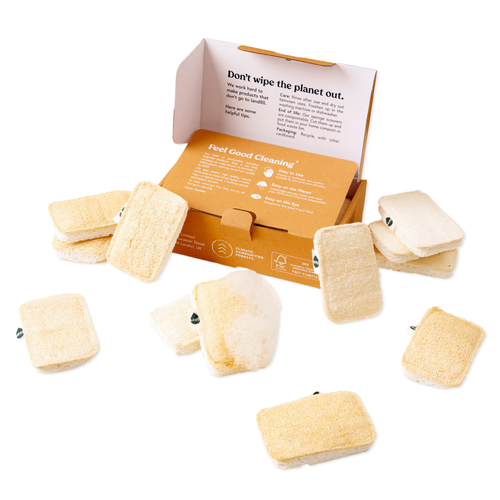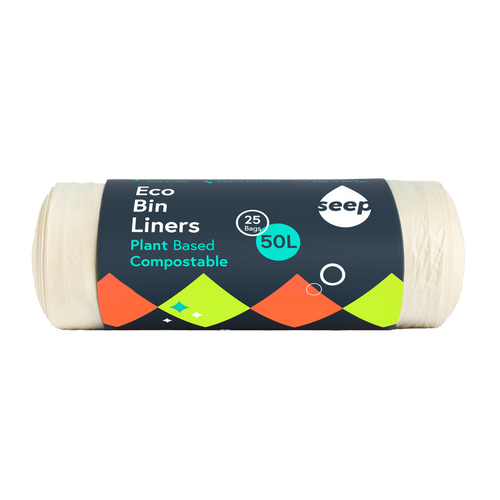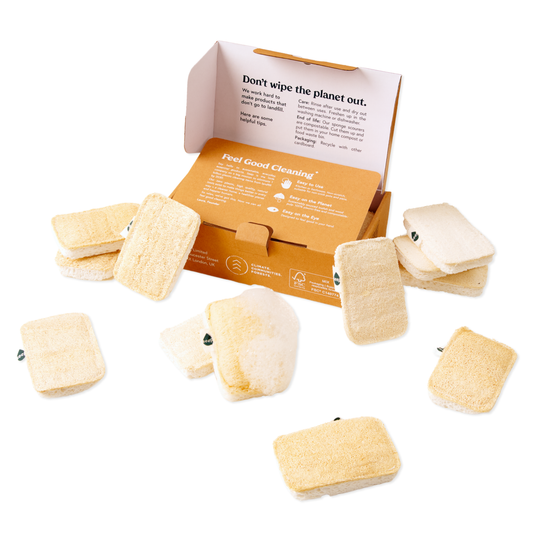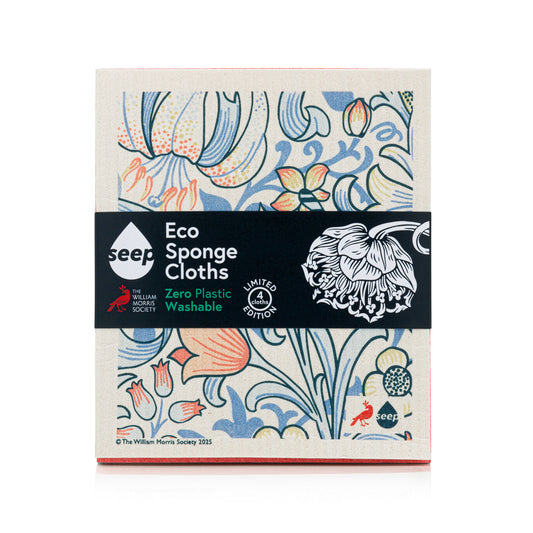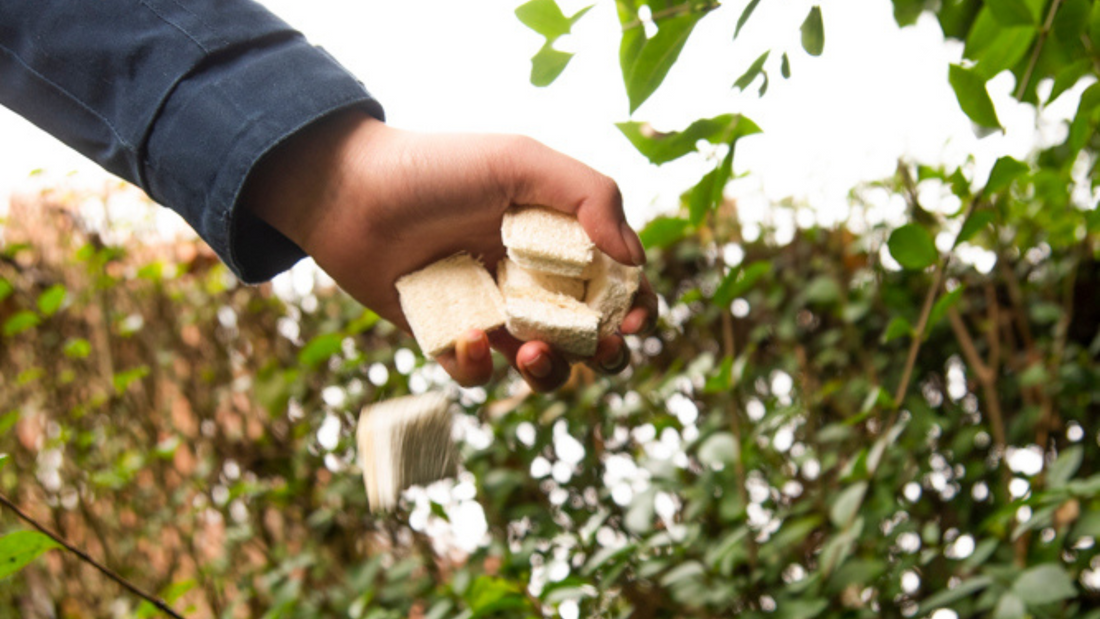
Home composting can be confusing to understand. Many people don’t know how to compost, what materials to add, how to maintain the compost pile, or how long it takes for the materials to break down. In this article we help you understand how to compost your Seep sponges and bin liners so you can easily give it a go.
First, it’s important to understand that composting can be affected by several variables, such as temperature, moisture, and the mix of materials. It can be challenging to maintain the right balance of these variables, and it may take some trial and error to figure out what works best. The right mix of materials is essential for composting as it helps to create a balanced environment for microorganisms to break down the organic matter.
Here is a summary of four key variables you need to consider:
-
Brown materials
Brown materials provide carbon to the compost pile, which is essential for energy and structure. These include materials such as dried leaves, straw, sawdust, and shredded paper. -
Green materials
Green materials provide nitrogen to the compost pile, which is essential for the growth and reproduction of microorganisms. These include materials such as grass clippings, fruit and vegetable scraps, and coffee grounds. Aim for a ratio of 1 part green to 3 parts brown. -
Moisture
Moisture is necessary to maintain a healthy compost pile. The ideal moisture level is between 50-60%, which should feel like a damp sponge when squeezed. If the compost pile is too dry, it will not decompose properly; and if it's too wet, it will become anaerobic and emit a foul odour. -
Aeration
Aeration is necessary to provide oxygen to the microorganisms that break down the organic matter. Make sure to turn the compost pile frequently to ensure proper aeration.
How to compost Seep sponges 🧽
- First, cut your sponge into small squares using a pair of scissors or a knife. Cutting your sponge into smaller pieces will help it break down faster in your compost pile.
- Add your sponge to a compost pile that contains a mix of brown and green materials, moisture, and proper aeration. Our cellulose sponges are considered ‘brown materials’ and should be balanced out with more ‘green materials’ such as veggie and food scraps.
- To compost a natural sponge, the temperature of your compost should ideally be between 49-71°C. At this temperature range, the microorganisms responsible for breaking down organic matter, such as bacteria and fungi, are most active, and the composting process occurs more quickly.
- Maintaining a specific temperature range may not always be possible or necessary for composting a natural sponge. If you're using a hot composting method, such as a tumbler or a compost pile that is turned frequently, the temperature should naturally reach the ideal range. If you're using a slower composting method, such as a static pile, the temperature may not reach that range, but the sponge will still decompose. Since natural sponges are a relatively small component of a compost pile, they will break down naturally over time, even if the temperature in the pile is not at an optimal range.
- It can take anywhere from 2 to 4 months for your Seep sponge to break down in a home compost pile, depending on the conditions.
How to compost Seep bin liners 🗑
- First, cut your bin liner into small pieces using a pair of scissors. These pieces should be 2-3 inches in size.
- Add your bin liner pieces to a compost pile that contains a mix of brown and green materials, moisture, and proper aeration. Our bin liners are considered ‘brown materials’ and should be balanced out with more ‘green materials’ such as veggie and food scraps.
- The right temperature for composting bags made from corn starch is the same as the ideal temperature range for any other composting materials, which is between 49-71°C. It's important to monitor the temperature of your compost pile regularly with a compost thermometer to ensure that it stays within this range.
- Turn your compost pile every few weeks using a shovel to help aerate the materials and speed up the composting process.
- Depending on the condition of your compost and the size of the bin liner you’re composting, it can take approximately 3 to 6 months for your Seep bin liner to break down in your home compost pile.
Composting is a natural process and it's okay to make mistakes along the way. With practice and patience, you can create nutrient-rich soil for your garden or house plants while reducing waste and contributing to a healthier planet.
